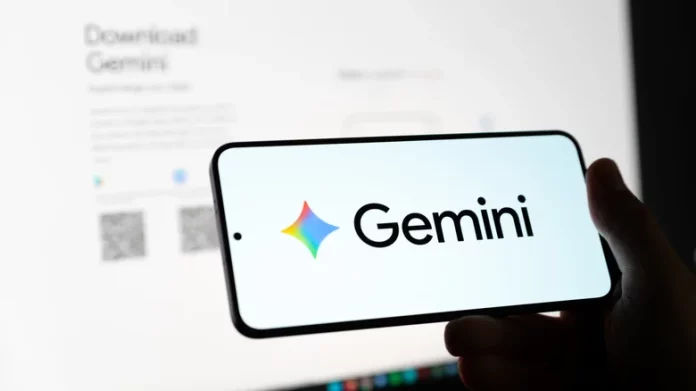On Tuesday, Google unveiled the Gemini 3 models shortly after the Gemini 3 Pro benchmarks and model card leaked, teasing significant performance gains over competitors like OpenAI and Anthropic. While the benchmark scores highlighted the model’s power, they only scratched the surface of what Gemini 3 Pro offers — especially its new Generative UI functionality, a feature missing from rival AI services such as ChatGPT. Generative UI enables Gemini to create rich visuals alongside its responses, making explanations more vivid and easier to understand compared to text-only replies. This capability allows complex concepts to be simplified or transformed into interactive responses resembling websites or app experiences.
Gemini 3 powers Generative UI by generating sophisticated visuals and user interfaces on the fly as it forms its answers and assesses the need for visual elements. These interfaces can include interactive components like buttons and menus. Moreover, Gemini can craft immersive web, app, and game-like experiences within its replies.
According to a Google Research blog post, Generative UI may be the beginning of something much larger. Google envisions AI-generated user experiences where interfaces are dynamically tailored to user needs instead of users choosing from a fixed set of applications. This hints at a future where people create custom apps instantly using AI.
Generative UI employs several “key tools,” including an undisclosed image generation model and access to web search. Initially, this feature will be available within the Gemini app (through the Dynamic View and Visual Layout experiments) and Google Search (via AI Mode Thinking model), though the latter will be limited to Google AI Pro and Ultra subscribers in the U.S.
What can Gemini 3 achieve with Generative UI?
Google shared several examples illustrating Generative UI’s capabilities. One video shows Gemini 3 responding to the prompt: “Create a Van Gogh gallery with life context for each piece.” The AI generates an interactive website featuring menus that users can click to explore different paintings and detailed information.
In Gemini’s dynamic view, it designs and codes a fully customized interactive response for each prompt using its coding capabilities. For example, explaining a complex topic like the microbiome to a child requires a different interactive interface and features than explaining to an adult.
Another example demonstrates how Generative UI might assist students or curious users in understanding complex subjects. In response to the prompt “show me how RNA polymerase works. What are the stages of transcription and how is it different in prokaryotic and eukaryotic cells,” AI Mode generates an animated visual that depicts chemical reactions via a simulator, complemented by AI-generated text.
Generative UI is integrated into AI Mode in Google Search (available to Pro and Ultra subscribers) to help users visualize complex topics by building interactive tools and simulations instantly.
Google also offers more examples in their Research blog post. For instance, responding to the prompt “Be my fashion advisor — explain the theory and show me a dozen stylish options for me,” Gemini creates a website complete with realistic images, menus, and descriptions similar to an online fashion store, tailored for a single user.
Gemini can tailor Generative UI designs to the content consumer. A prompt like “Teach my 5-year-old addition, subtraction, multiplication, and binary representation with cute creatures that play basketball. He loves basketball,” results in an interactive, basketball-themed website that helps the child learn math in an engaging way.





